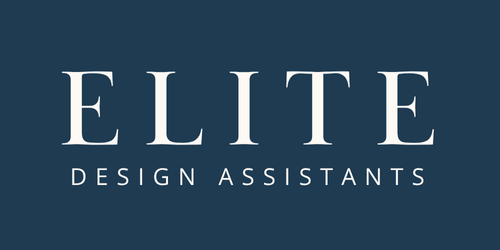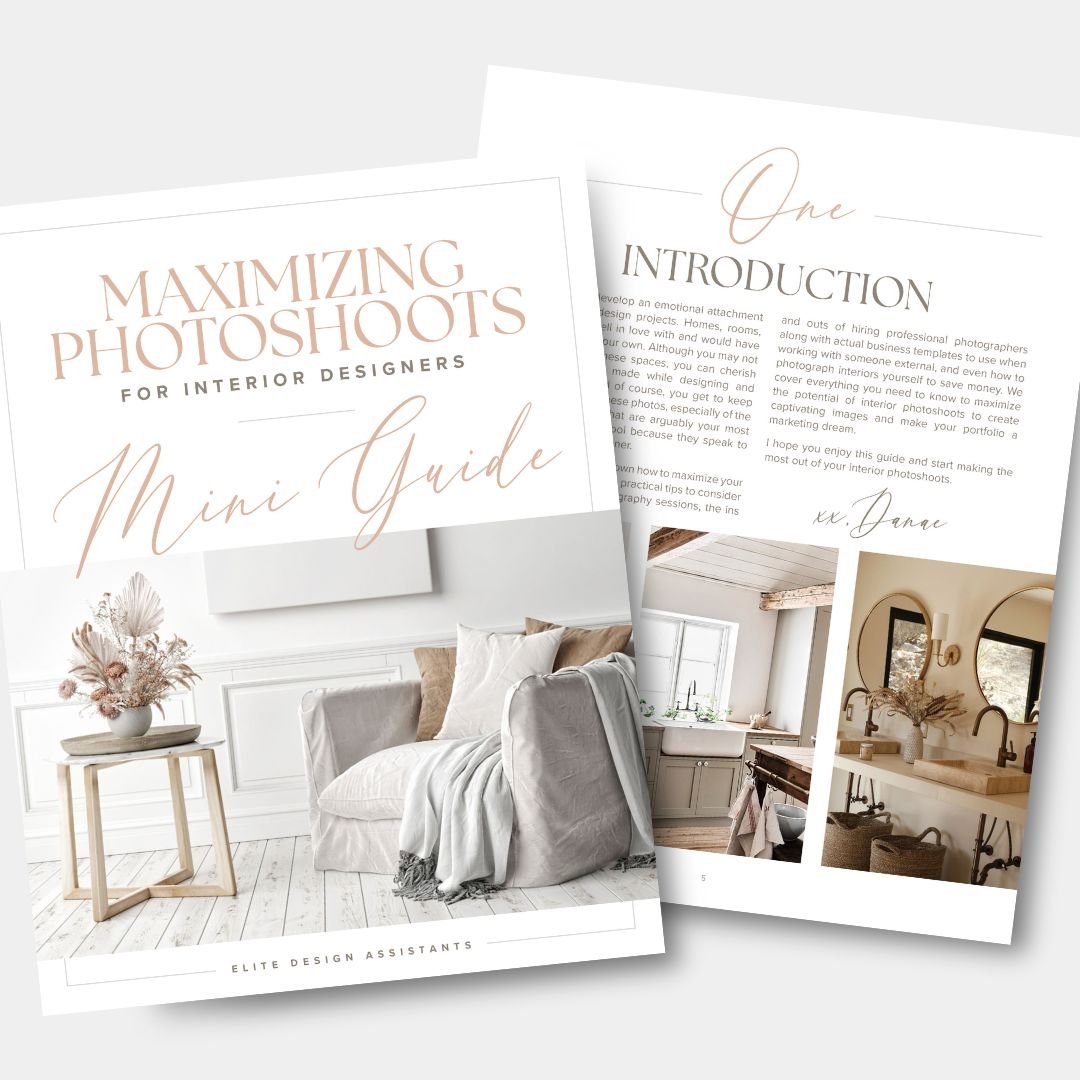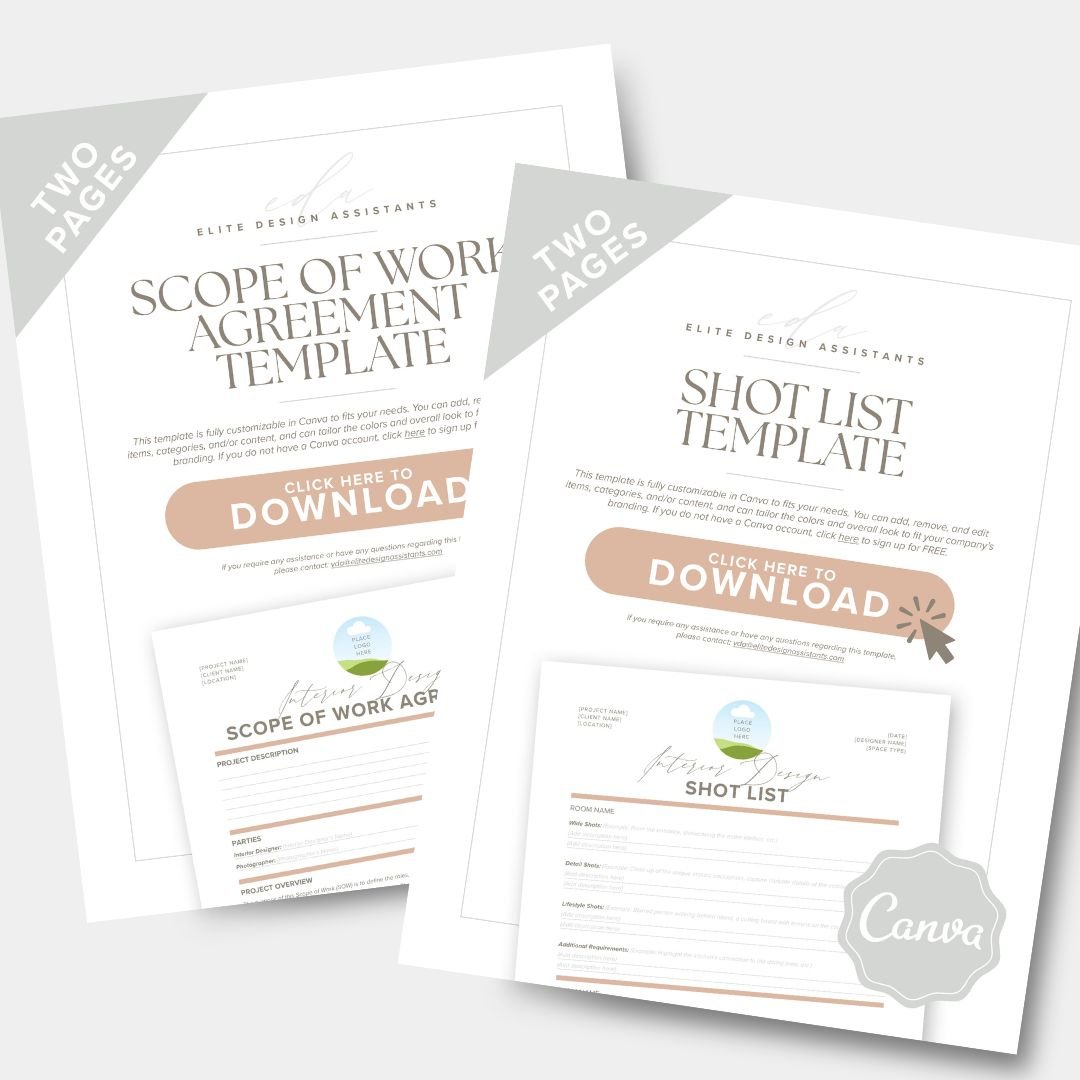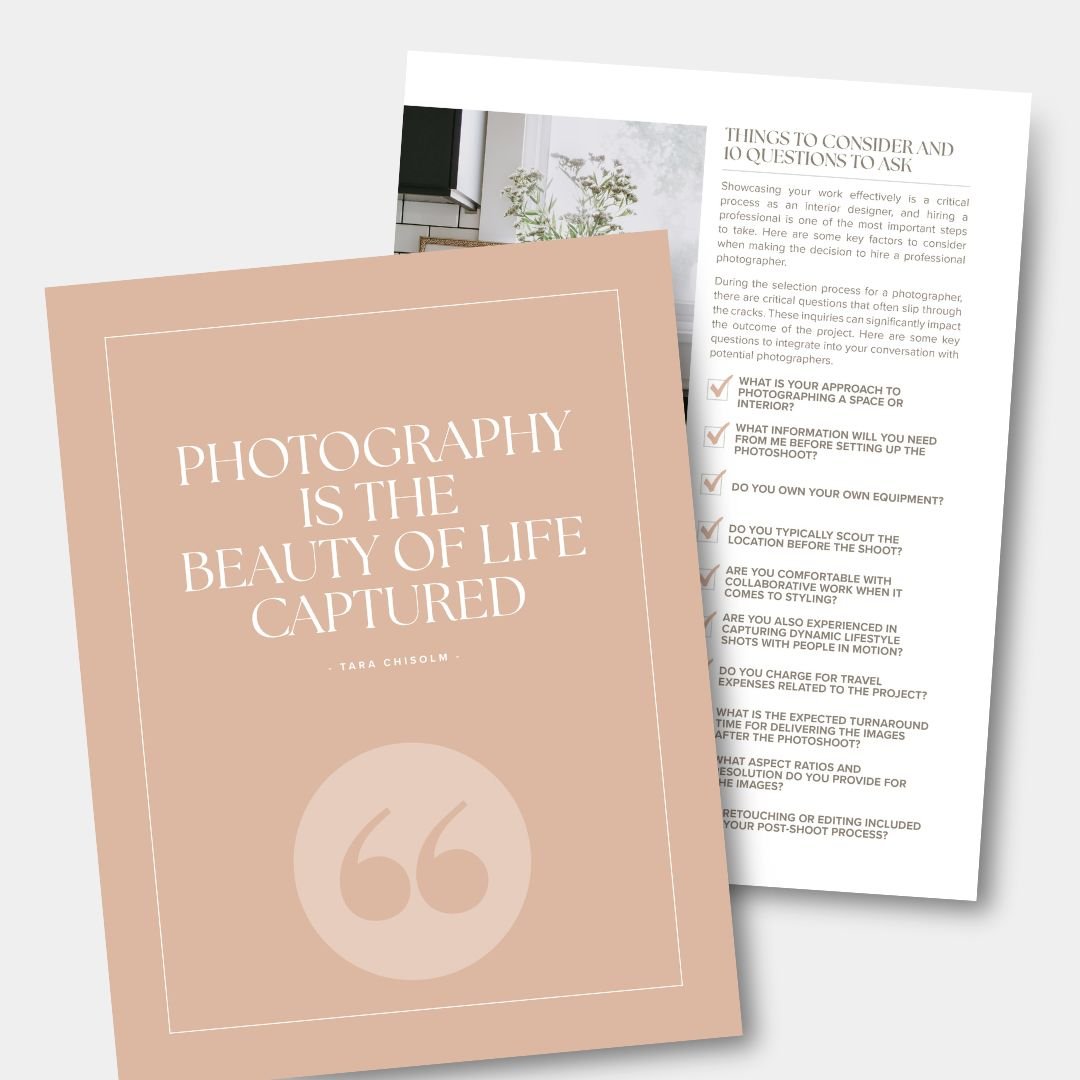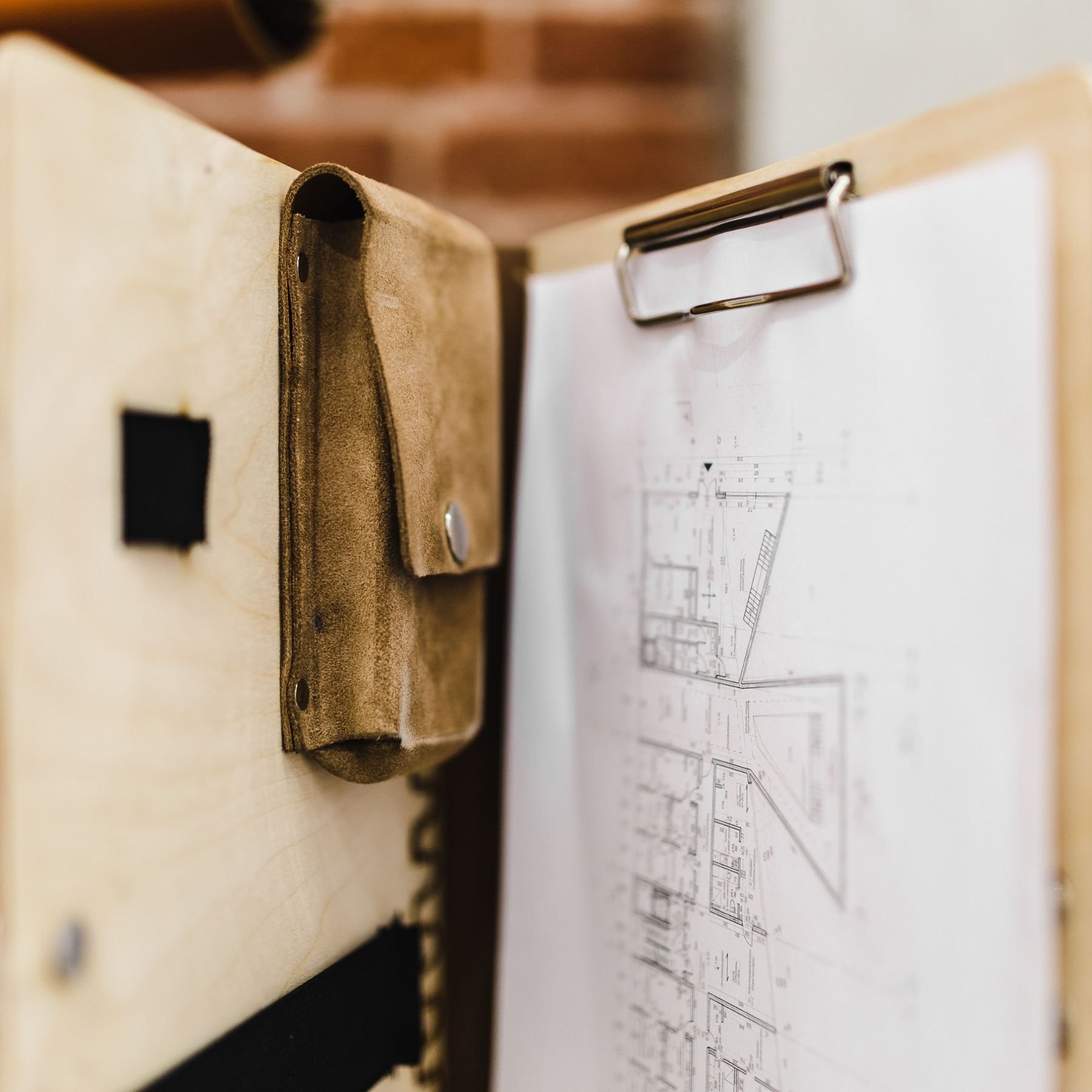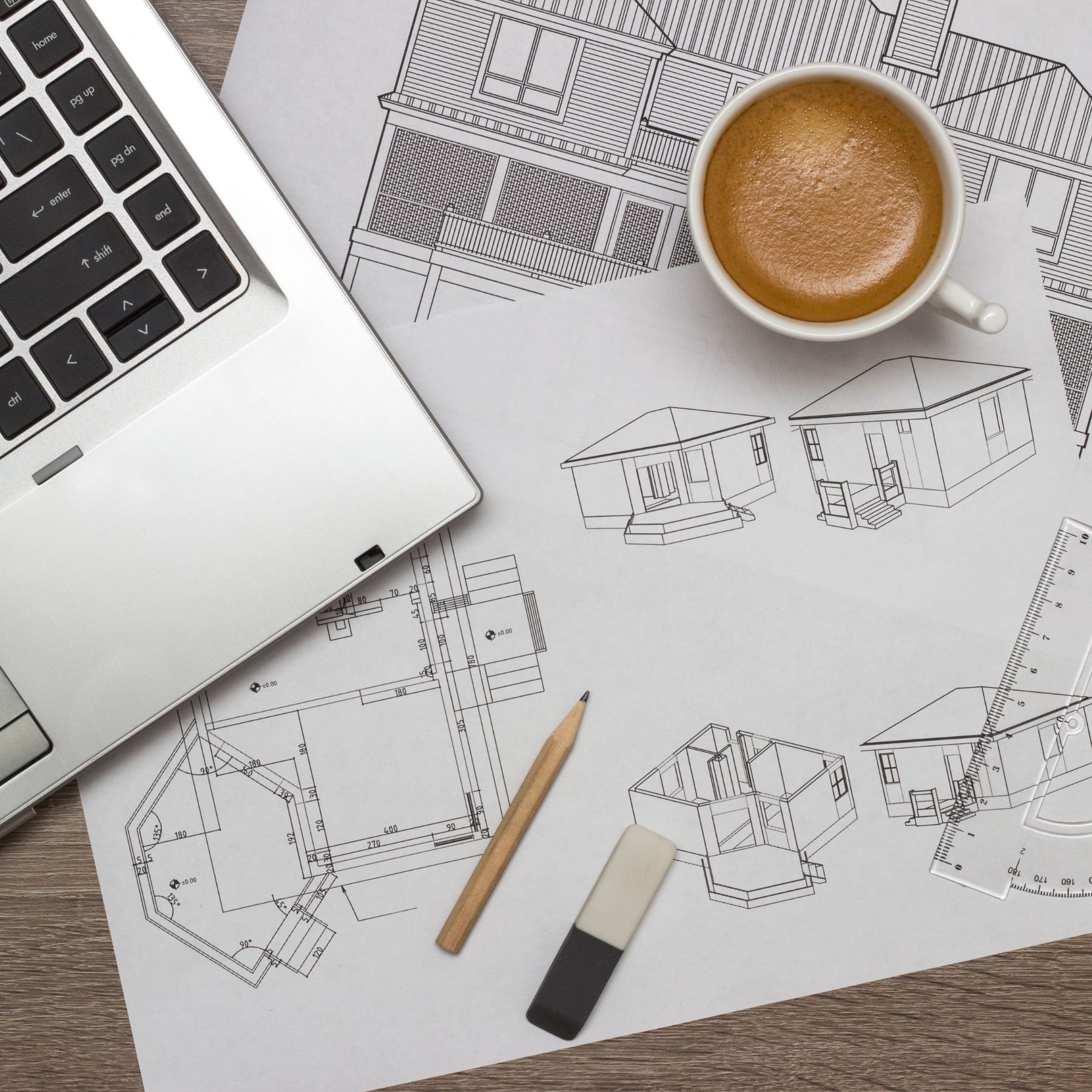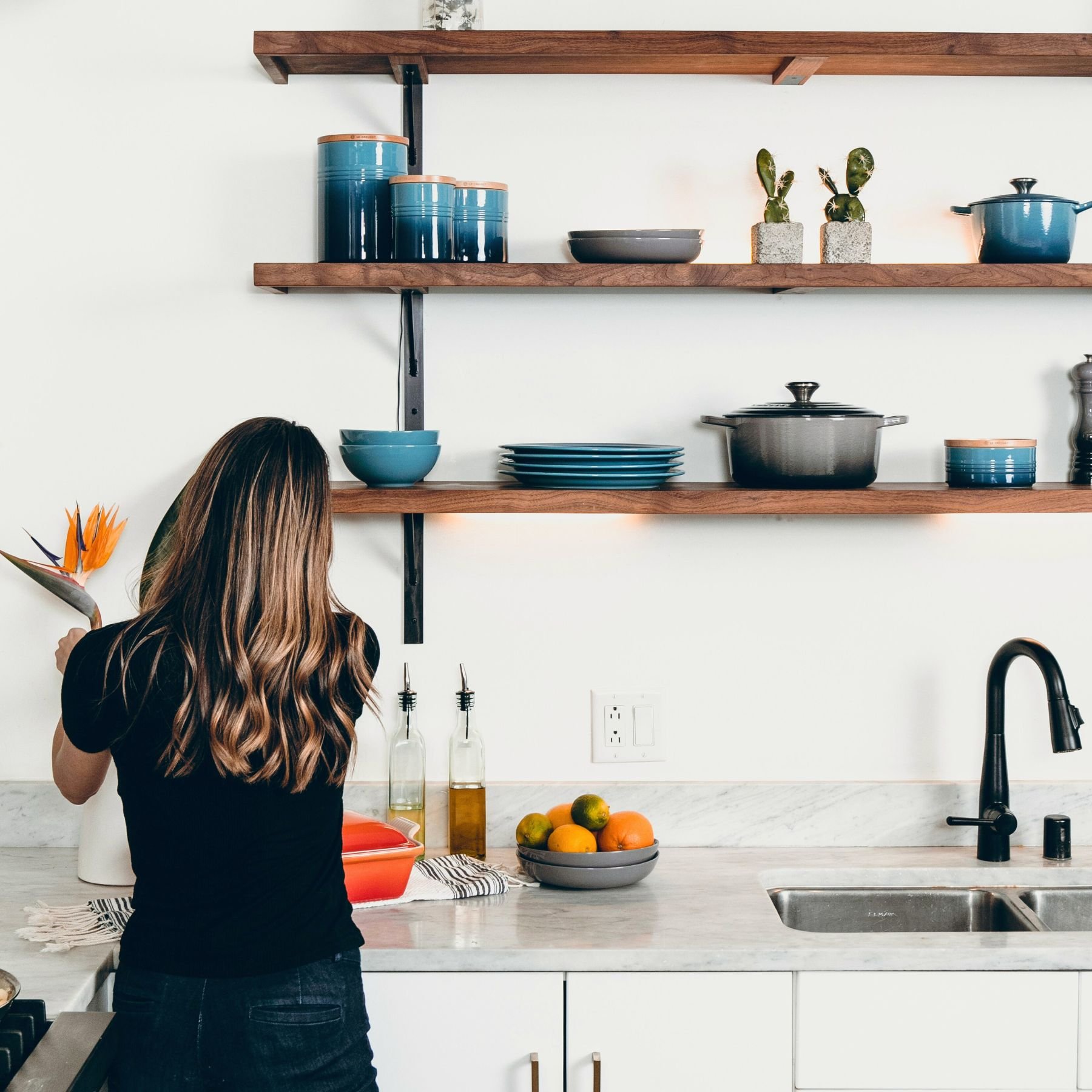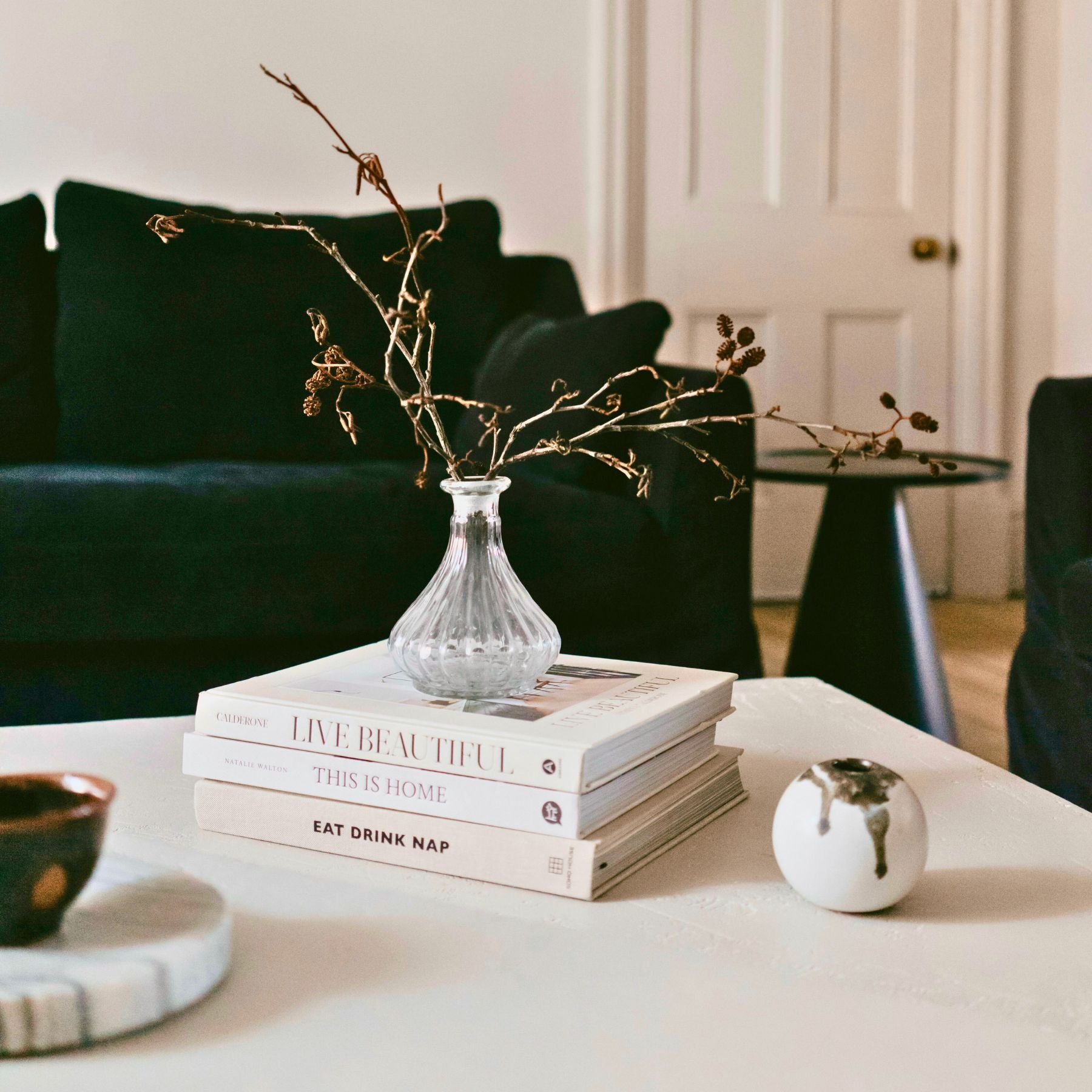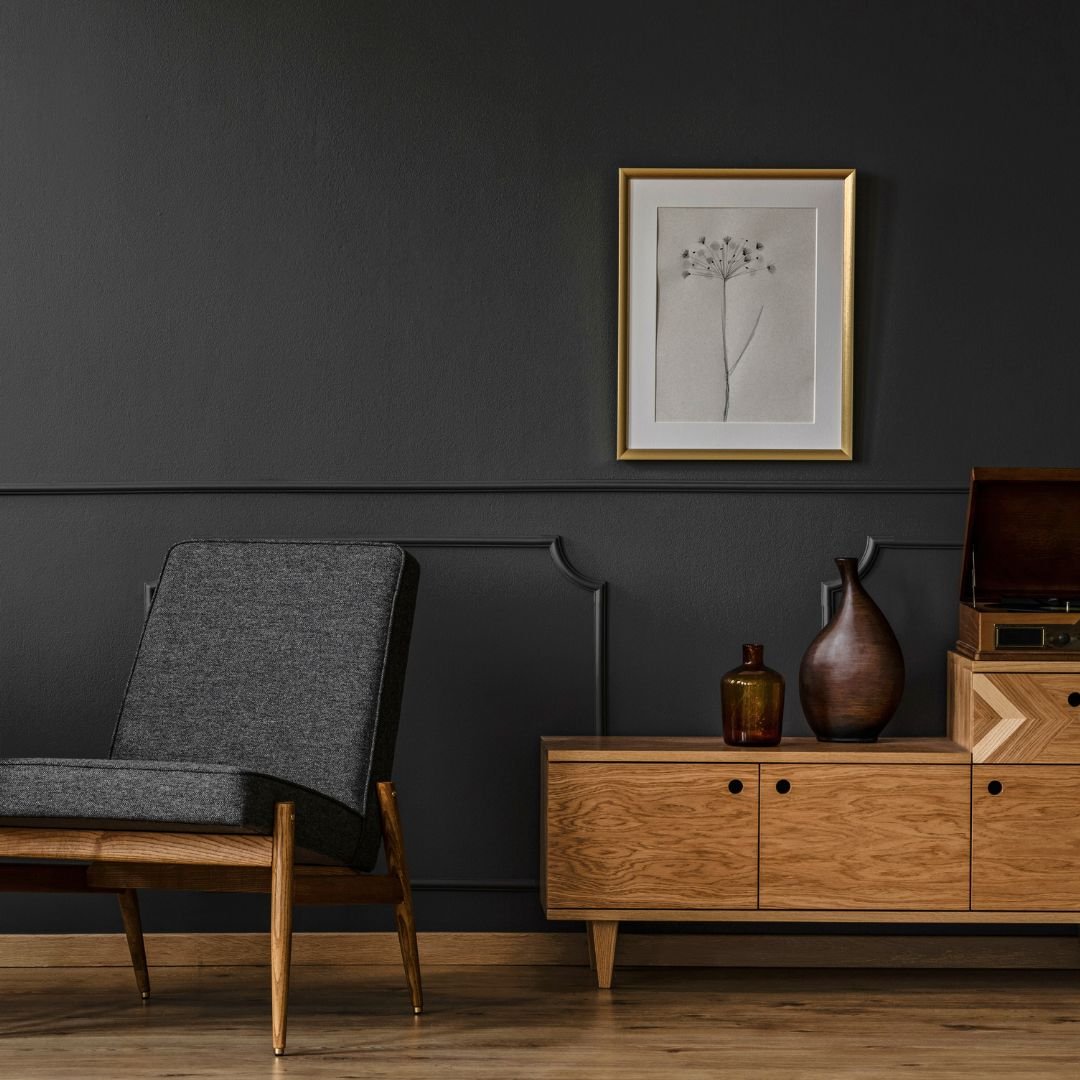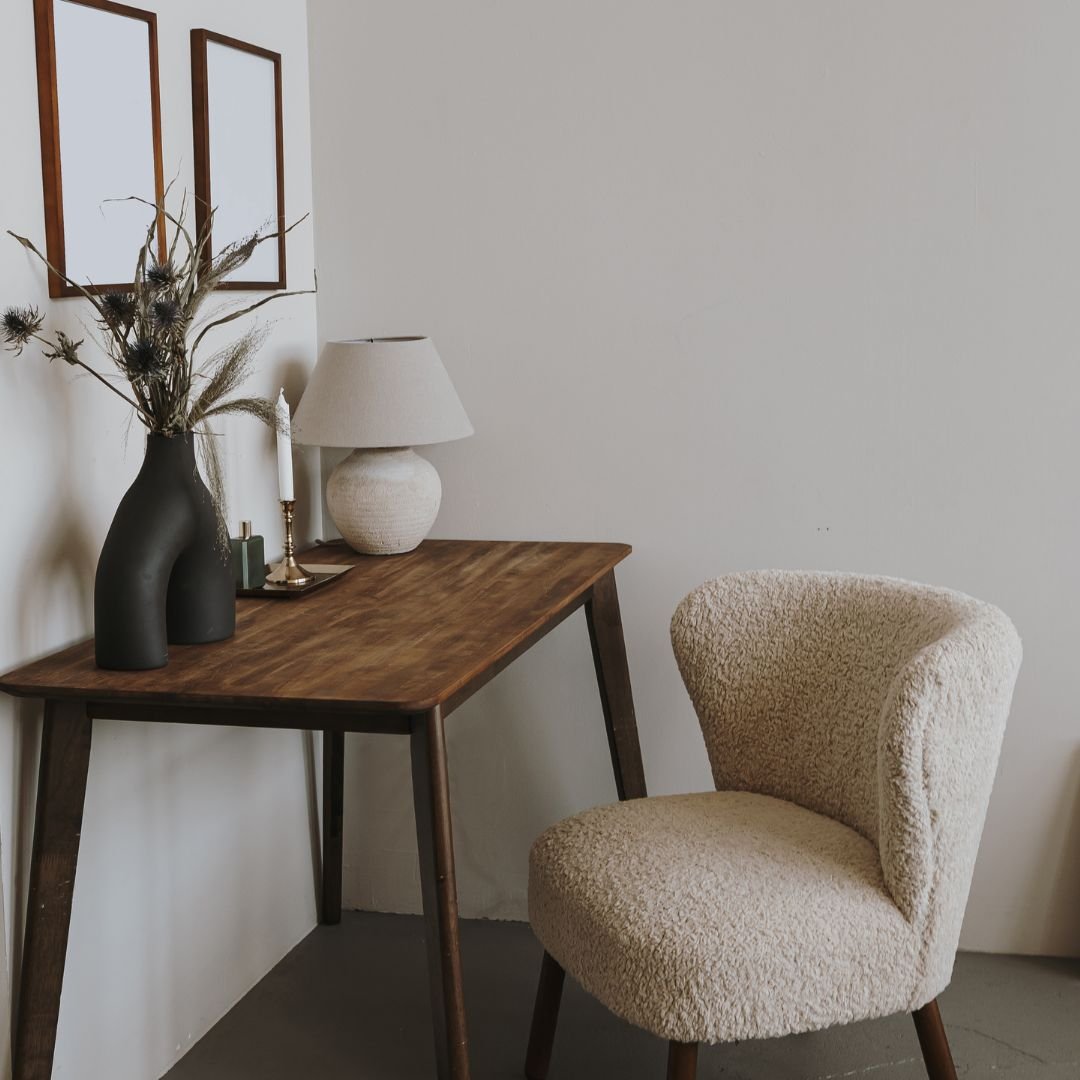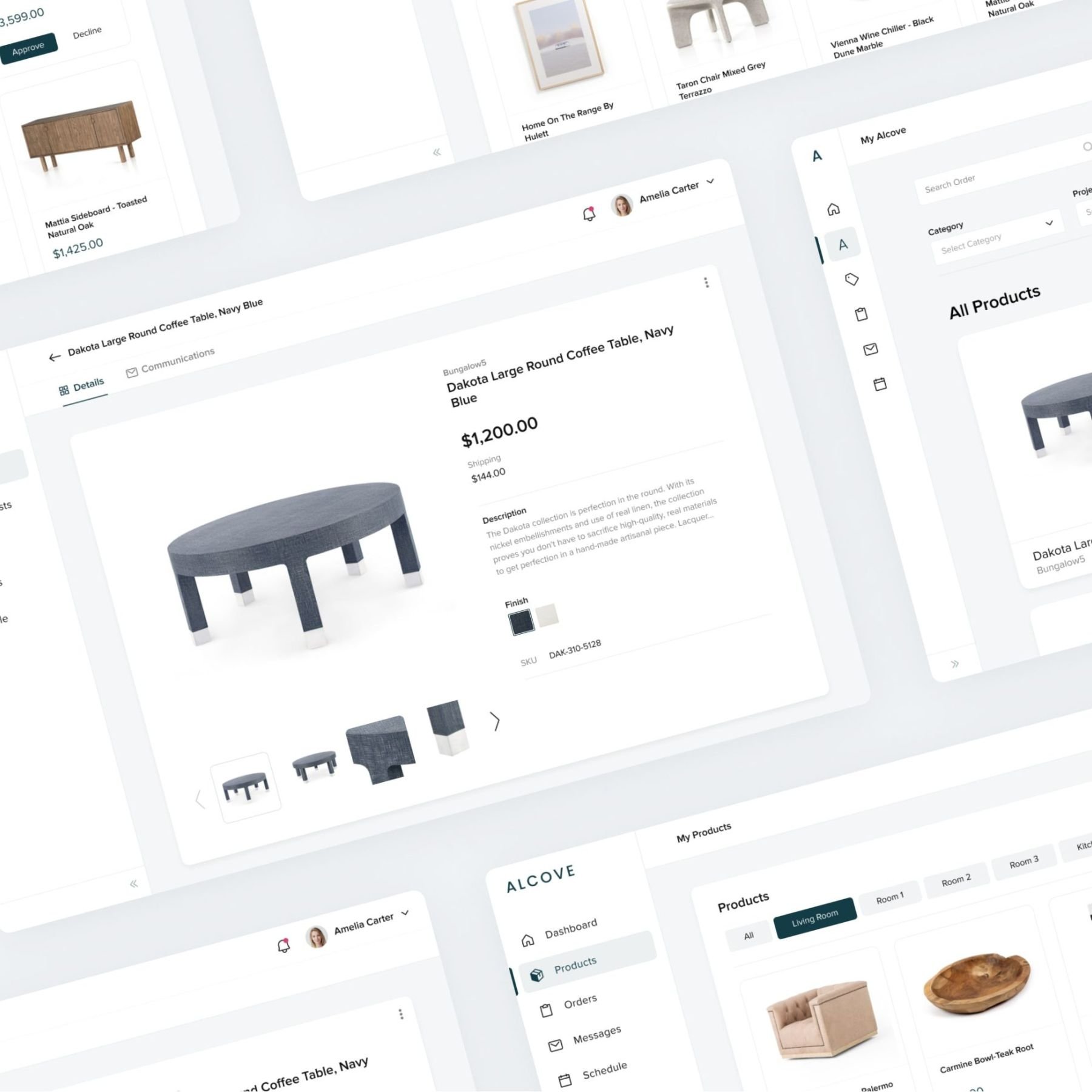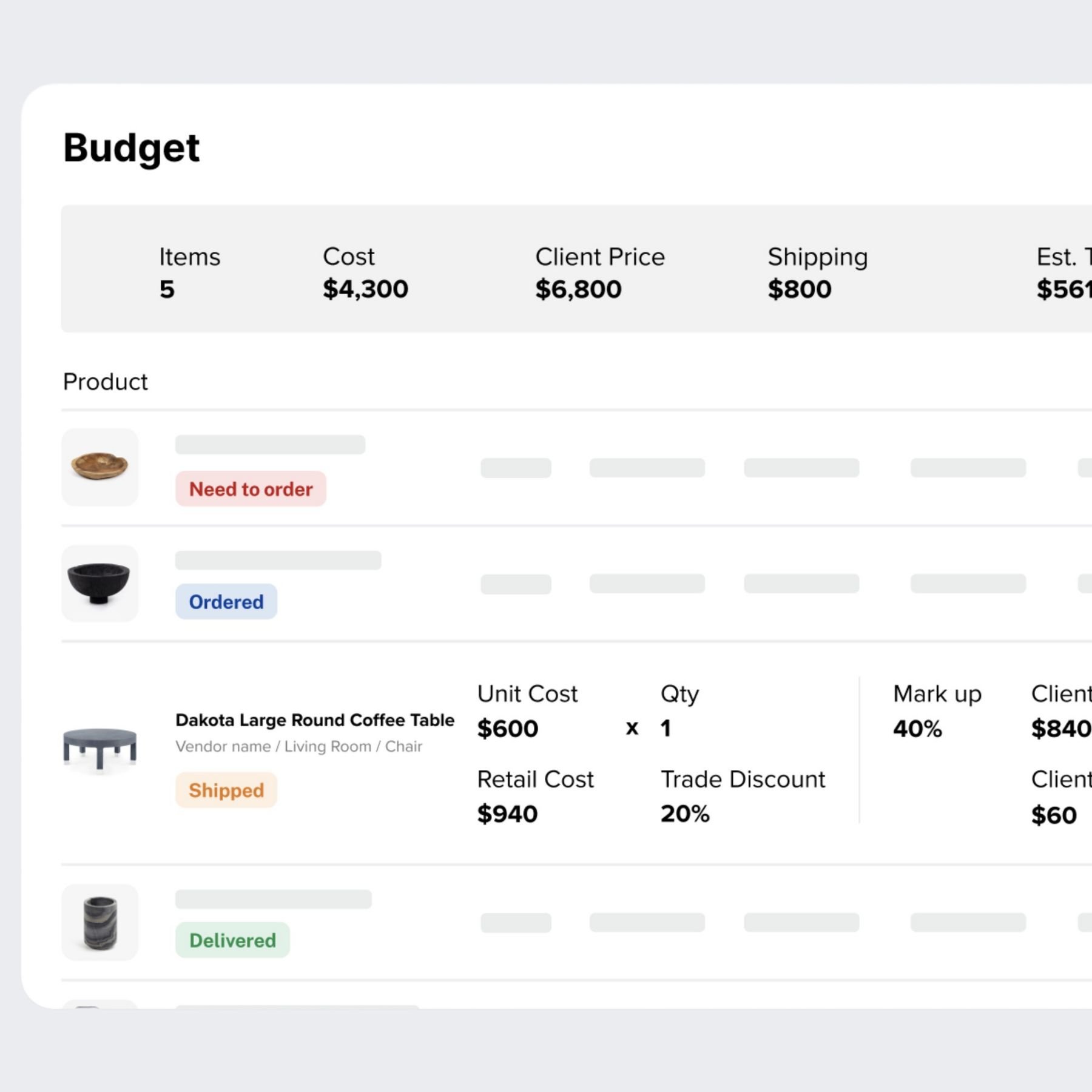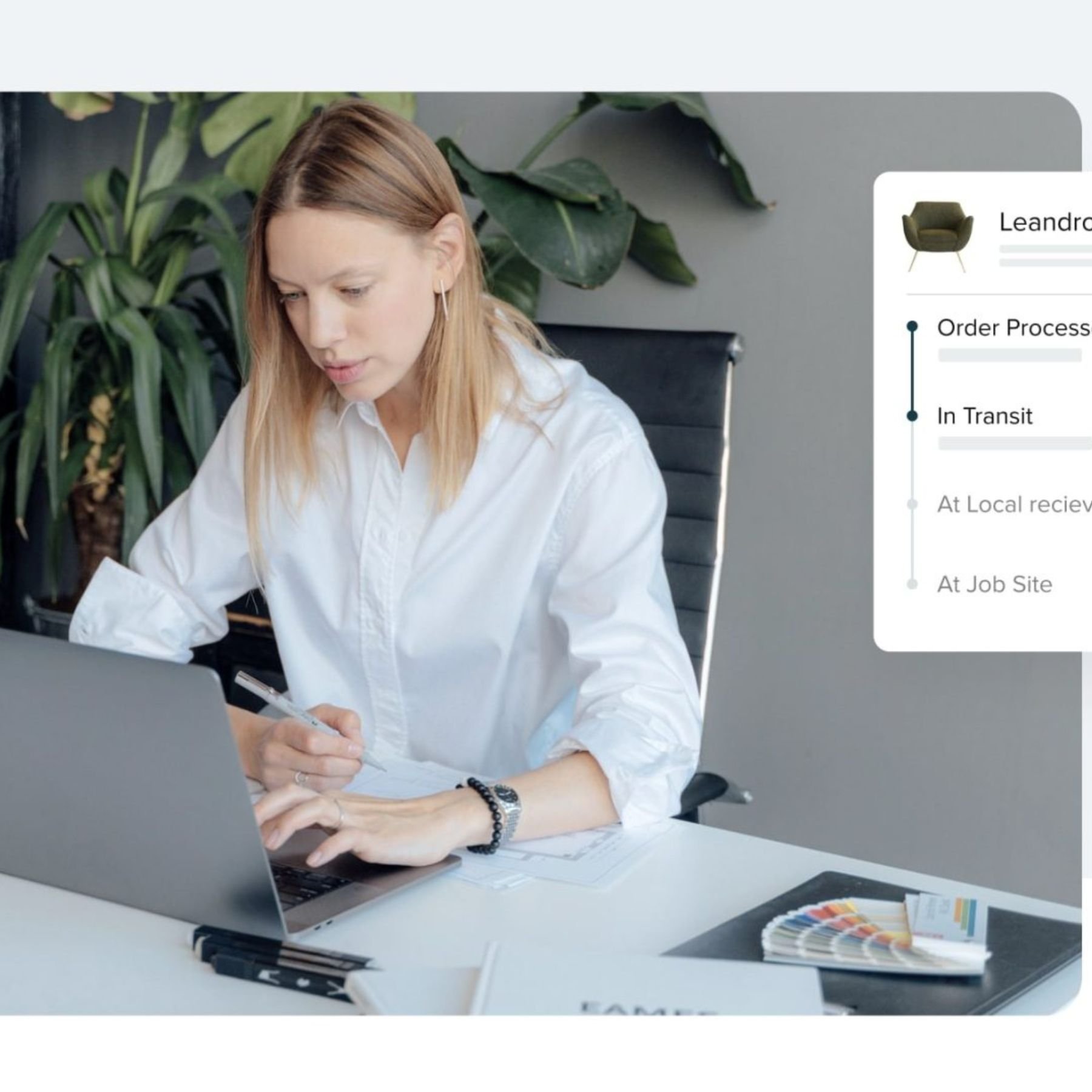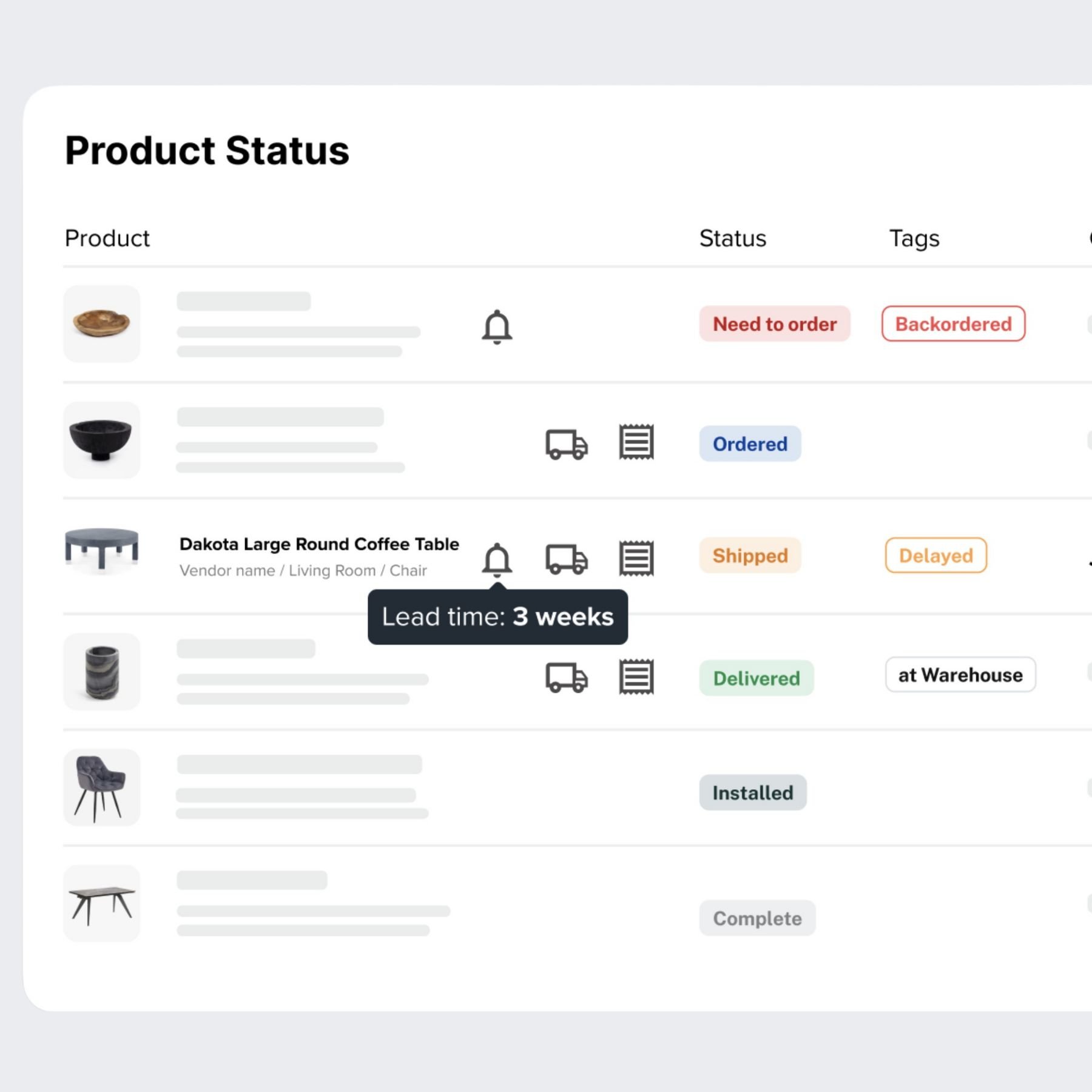Branding for Designers: 8 Ways to Stand Out in 2024
/Where trends evolve and consumer preferences shift (faster than ever), establishing a distinct brand has never been more crucial. As we’re well into 2024, the importance of branding in setting interior designers apart in a crowded marketplace cannot be overstated. Here are some insightful tips and methods to enhance your branding and make a mark this year.
1. Incorporate Hand-Drawn Elements
In an era starved for simplicity and authenticity, incorporating hand-drawn elements into your branding can add a raw, personal touch that resonates with clients. This reflects a comforting appeal of simpler times but also demonstrates your brand's inclination toward personal connection. Consider integrating your signature or bespoke doodles that represent your design ethos into your website or social media to foster a more human and relatable brand image.
2. Focus on Authenticity
Along those lines, today's consumers value realness and relatability above cold, hard perfection. Now it’s essential for brands to adopt a transparent and genuine communication style. Embracing natural language, showcasing real-life scenarios, adding in a bit of humor, and highlighting diversity can enhance your brand's relatability and appeal. This approach builds trust and a loyal community around your brand.
3. Introduce Elements of Surprise
In 2024, successful brands are going above and beyond visual appeal and focusing on creating tactile experiences that evoke delight and surprise. Consider a textured business card, folders with a fun closure, a physical logo stamp, or even just interactive elements on your website to engage your clients in a dynamic and memorable manner.
4. Leverage Animation
And no, I’m not talking about turning your site into a Saturday morning cartoon. Sprinkling a bit of animation across your digital spaces can really wake up your online vibe. Think subtle movements when someone hovers over a button, or fun videos that play as they scroll. It's all about making your website and socials a bit more dynamic, so people enjoy the experience and stick around longer.
5. Use AI Responsibly
AI is somewhat of a divisive topic, but it’s only gaining traction, including in the interior design field. Whether you use ChatGPT to help you write copy or Midjourney to create stunning images, it’s best to be transparent about it. Avoid directly using AI-generated text, as it may lack a natural tone, which can feel off-putting to potential clients. Always infuse your content with a personal touch to ensure authenticity and connection. This responsible approach will help maintain trust and credibility with your audience.
6. Forge Strategic Content Partnerships
Working with influencers, bloggers, and other design pros can be a big win for your interior design business. It’s a smart way to get your brand in front of more eyes and make your work more relatable through genuine endorsements. Mixing it up with different types of collabs like joint blog posts, guest spots on podcasts, social media takeovers, or team design projects can really spice things up. Just have a game plan for what you want out of these partnerships—be it more visibility, reaching fresh audiences, or just flexing your creative muscles a bit more.
7. Captivate with Video Marketing
Recently, video content has really taken off and it's a game-changer. Show off your designs through walkthroughs, design process clips, or testimonials from your happy clients. Videos that show you, the face behind the masterpiece, is by far the most effective way to connect with your audience. Then, just share your videos everywhere – think Instagram, your website, or in a newsletter. It's all about making you and your designs feel real, relatable, and right there within reach.
8. Secure Your Spot on Emerging Platforms
You know how it goes: some platforms are here today, gone tomorrow, while others suddenly take off. With places like Instagram's Threads and TikTok getting buzz, it's smart to lock down your ideal business username now. That way, you're ready to roll if they become the next big thing. You can't be everywhere at once, but having your spot saved means you won't miss out when the time comes.
In the end, standing out in the interior design scene isn't always just about following trends; it's about crafting experiences that resonate. From the personal touches in your branding to the strategic use of tech and collaborations, it's these elements that will set you apart. Keep pushing the boundaries, and let's make your interior design brand the one everyone talks about in 2024.
xx, Danae
